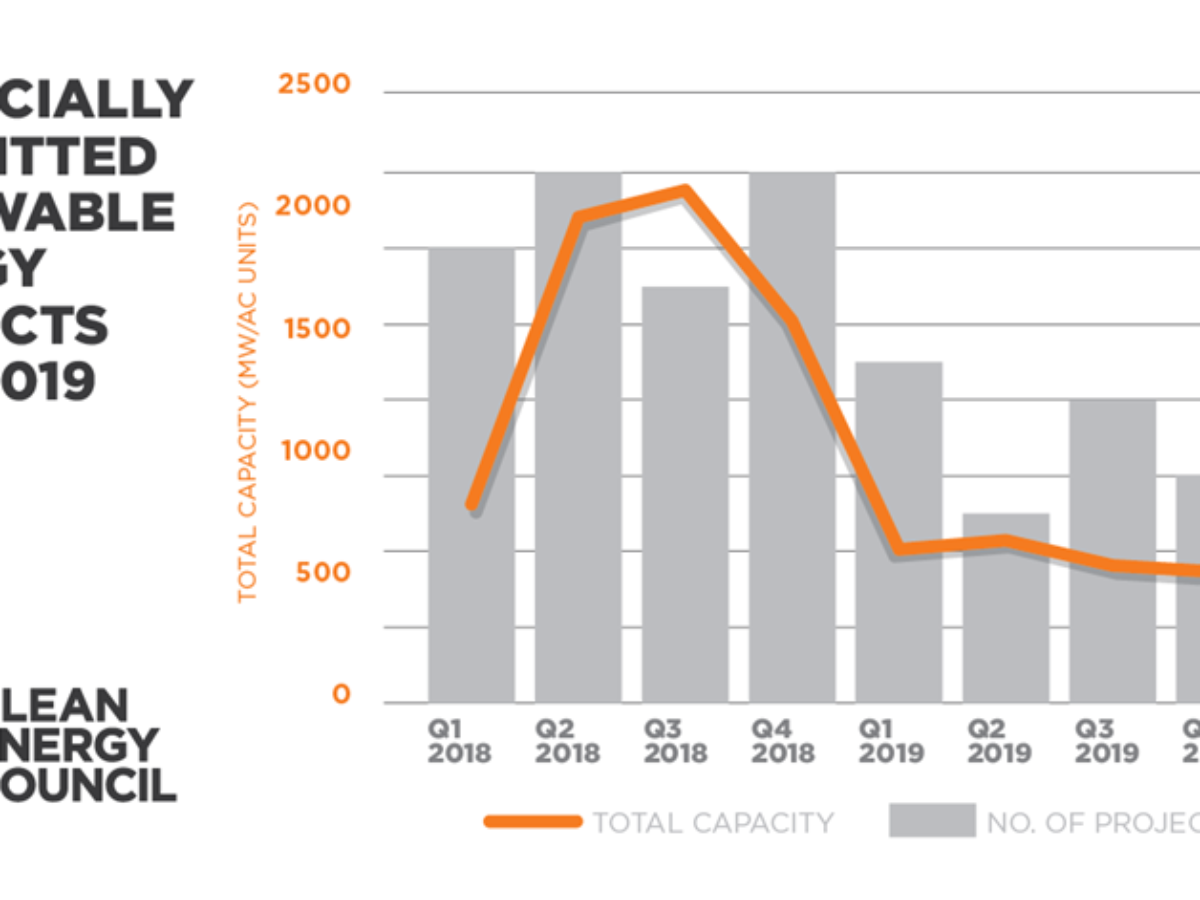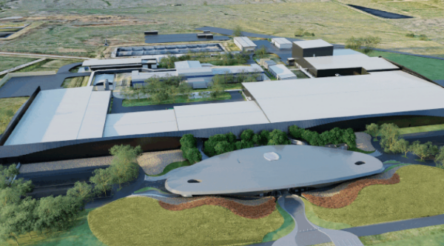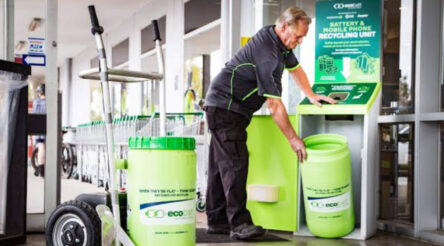Clean energy investment collapses as government policy falters

One of the few successful ways Australia has been cutting greenhouse gas emissions – large-scale wind and solar energy installations – is collapsing as a lack of federal government policy hits investment.
Figures from the Clean Energy Council show investment commitments in large-scale renewable energy projects have collapsed by more than 50 per cent, falling from 51 projects worth $10.7 billion in 2018 to 28 projects worth $4.5 billion last year.
While the strong flow of projects that were committed in 2017 and 2018 are now coming online, the pipeline of new projects commencing construction has dropped significantly due to the stalling of commitments in 2019.
Clean Energy Council Chief Executive Kane Thornton said mounting regulatory risks, under investment in transmission and policy uncertainty have contributed to increased risks for investors and resulted in a lowering in confidence.
Thornton said: “A continued slow-down in new investment will put greater pressure on reliability and power prices as Australia’s old coal-fired power stations continue to close.
“New investment is critical to replacing these coal-fired power stations and delivering on Australia’s emission reduction targets.”
The top reasons for a decline in investor confidence are grid connection issues, a lack of strong national energy and climate policy and network congestion and constraints.
“These issues need to be resolved urgently if Australia hopes to attract investors and ensure the necessary level of new energy generation capacity.
“Renewable energy has been the shining light in reducing emissions in Australia.
“If we hope to maintain this, we need strong leadership and collaboration to address the policy gaps and regulatory barriers facing new generation.”
The federal government has been under attack all summer for its lack of action on what is widely accepted as a key cause of our catastrophic bushfire season – global warming.
It has instead focused on adapting to the warmer climate.
Image: Clean Energy Council
Subscribe to our free @AuManufacturing newsletter here.
@aumanufacturing Sections
Analysis and Commentary Awards Defence Manufacturing News Podcast Technology Videos










